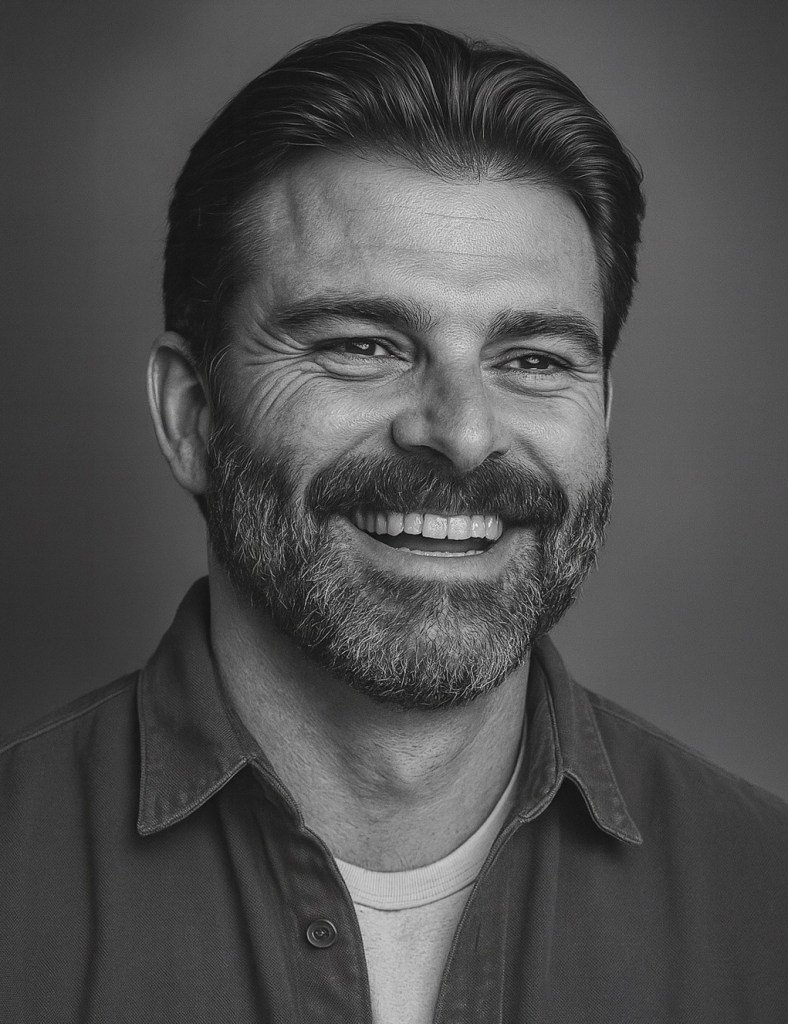What’s Next for the P-C Industry?

By: Jacquelyn Connelly
What’s ahead for the property-casualty insurance market in 2015? According to economist Bob Hartwig, president of the Insurance Information Institute, “the pie is growing.”
Industry-wide, Hartwig expects 4–5% growth for the p-c market in 2015—which he says is now split almost exactly 50/50 between personal and commercial lines. Citing 2014 economic growth rates of 3.5% in the third quarter and 4.6% in the second quarter, Hartwig says the economy could continue growing at a stronger and more sustained pace in 2015, fueling p-c growth.
“What that means is continued improving jobs pictures, which means more workers compensation exposures and businesses expanding. And if businesses expand, that means more commercial exposures of almost every sort,” he explains. “It’s a virtuous cycle, because more people employed means people are more likely to buy cars and more likely to buy or build homes.”
But in general, the last rate cycle for p-c insurance topped out in 2002 in the 20% range, according to David Paul, principal at ALIRT Insurance Research. “Over the next couple of years, it came down so that toward the end of 2004 we entered a soft market period,” he explains. “That persisted really from 2005 into mid-2011, and then we had these last several years of some rate strengthening again.”
Is the cycle heading for another soft market? Not necessarily. Here’s why.
Commercial Lines
PRICING TRENDS
Commercial lines pricing in general was on the decline for most of 2014. “We expect to see that moderation on the commercial side continue,” says Richard Kerr, president & CEO of MarketScout. “There’s a drift. It’s not going up—it’s going down.”
Based on ALIRT’s analysis of broad pricing trends from industry surveys, “we’ve seen a trending down in a straight line since a high of first-quarter 2013,” Paul says. “At the current pace if it were to continue, I would assume that you would probably get to a break even where there’s essentially no rate change by middle of next year. That’s assuming no catastrophic weather-related or otherwise losses.”
But heading into 2015, “you’re not going to see the vast swings you did 10 or 15 years ago, where one year it’s up 30% and two years later it’s down 20%. I don’t see that happening,” Kerr says. “I see that steady little trend heading out throughout the course of the first part of next year—it’ll probably bump along at about renew as expiring, and then toward the mid-latter part of the year, it’ll start to drift below that flat mark.”
Hartwig agrees that rate moderation won’t be drastic. “Pricing is basically stable—it’s neither rising rapidly nor is it declining rapidly,” he says. And while the commercial insurance market has been prone to high peaks and deep troughs in the past, “there’s good reason to think the magnitude of the either hard or soft market part of that cycle will ease somewhat, just given the growth and sophistication of data analytics,” Paul says. “The industry has gotten just more educated about the risks that they’re pricing.”
EMERGING CLASSES
In 2015, Hartwig says to keep an eye on commercial sectors like energy, construction, agriculture and restaurants and bars. And according to Ron Beiderman, vice president of commercial lines coverage products at ISO, agents can expect drones to infiltrate far more commercial classes than just aviation.
Ever since Amazon announced plans to revolutionize the delivery industry by using drones, “that really started the discussion from our insurers of ‘Wow, this really may become real someday,’” Beiderman says. “What we’re starting to see is that more and more commercial operations are either using drones or are considering using drones in their operations.”
That could mean commercial properties replacing security guards with drones; search and rescue firms using drones to track down missing people; farmers using drones to scan the health of their crops; real estate professionals using drones to take aerial shots of properties; and even insurance companies employing drones in claims operations.
“It’s been reported that NASA is studying air traffic control for drones in anticipation of the increased use of drones throughout various industries,” Beiderman says. “One of the most interesting things about drones in 2015 will be how the FAA responds to the increased use of drones and what happens with their regulations.”
But unsurprisingly, the hottest niche to watch this year will be cyber liability (download the IA magazine iPad app for details). Consider that in 2013, roughly 40 carriers wrote the coverage. By the end of 2014, that number had grown to about 75—“and it continues to grow,” says Shawn Dougherty, assistant vice president of specialty commercial lines at ISO.
From a coverage perspective, prepare for major developments over the next 12–24 months. Forty-seven states currently have data breach notification laws on the books and most domestic policies are designed accordingly—which means “when you look at cyber coverage expectations outside the U.S., those policies don’t work too well,” Dougherty explains. “As businesses become more and more international, that doesn’t cover the overseas exposures insureds expect to have, including property damage, business interruption, supply chain risk, reputational risk and even cyber crime.”
The most significant challenge for agents when it comes to cyber liability? Educating commercial insureds about why they need the coverage. “Every single commercial risk out there has the exposure,” Dougherty says. “A lot of businesses think coverage today exists under their standard commercial package policy, whether it’s a GL form or a businessowners policy. But a lot of those policies today exclude data breach-related coverage.”
Personal Lines
PRICING TRENDS
For personal lines in 2015, pricing will likely “continue to increase, but at a much slower rate,” driven largely by increased competition and consolidation in the personal lines market, says Alan Dobbins, vice president and senior research analyst with the research group at Conning.
“The results for auto have been weak for several years now, but there’s still a lot of capital in the industry and there’s a pretty heavy indication among personal lines insurers of increasing competition,” he says. “The top 10 insurers now have more than 70% of the market, and that’s followed a pretty steady increase from the mid-’90s on.”
Agents can expect mid-single digit increases in homeowners and lower single-digit increases in private passenger auto, according to Hartwig—2–4% in auto and 4–6% in homeowners, depending on region. “As it is with many things, it’s location, location, location,” he says. “As an agent, your phones are going to be ringing off the hooks in say the Dakotas where it’s an oil boom. Things could be somewhat slower in some place like upstate New York or West Virginia—economies that are lagging behind a bit.”
“So much is dictated by state-mandated rating and what the filings are,” Kerr agrees. “You’re looking at massive, massive admitted market carriers, so we don’t see the drift as severe in personal lines as in commercial. Comparatively speaking, if commercial was down 2 or 3%, personal lines would be flat.”
Paul notes the competitive pressures on the personal lines market are in stark contrast to commercial. “The personal lines industry tends to have a much shallower cycle—it doesn’t have the peaks and the troughs that the commercial lines cycle does,” he explains. “The personal lines industry tends to be redundant in reserving. This is certainly an industry that writes this premium, posts its picks and then generally is able to release a lot of reserves.”
Hartwig says independent agents will still face significant challenges from the threat of the direct channel. “But we’re looking at a relatively stable and decently performing personal lines sector with modest growth and reasonably good underwriting margins in place,” he notes. “There’s no evidence of an all-out price war that’s going to drag down prices or cause a rapid deterioration in the underwriting environment for auto or home insurers.”
EMERGING CLASSES
Even if prices are only inching upwards, plenty of new developments are bound to shake things up for the personal lines market, including the shift toward an increasingly “sharing society” (download the IA magazine iPad app for details) and significant advancements in telematics in both homes and cars. “Homes are becoming more connected to the Internet, which may provide information about the occupants, the environment around the house and the house itself,” says Jeff DeTurris, vice president of coverage products and shared services at ISO.
Dobbins cites Google’s endorsement of the Nest product suite, which presents an “interesting data collection opportunity for the home” through thermostats and smoke detectors that connect to a central source and feed information about the home back to the data center. “It’s collecting real-time data about a house and learning about customer behavior that’s very specific to the individual risk,” Dobbins explains.
On the auto side, as vehicles become more sophisticated and driverless cars inch closer to becoming a reality, “customers are coming of the belief that ‘Hey, I buy a car with all the bells and whistles on it, my auto insurance premium ought to be a lot lower,’” Hartwig says. “But it takes a while for the technology to be demonstrated so that it’s reflected in rates.”
In 2015, Hartwig expects agents to encounter more questions about automotive technology and its correlation with premiums. “If I go out and spend money on the latest collision-avoidance technology, how much will that help me on my insurance?” Hartwig asks. “I’m sure agents are hearing it all the time when a company like Google or Mercedes says they’ll have a driverless car in a few years. What does that mean for clients? I think you’ll see more of these high-end technologies being adopted in the standard market.”
Right now, that technology involves everything from vehicles that can detect the speeds of other cars on the road to 360-degree views that enable a car to plot a risk-free escape route if it detects a threat. “We’re realizing this is something that will transition as cars have certain driverless-type features, like parking assist,” DeTurris says. “What’ll be interesting is eventually if we get to a full self-driving approach for some cars, we’ll have a mix of cars on the road between traditional cars and some high-end cars that maybe will be able to go in self-driving mode for short distances at first.”
But while ongoing technological advances should lead to safer roadways, they could also decrease accident frequency, Dobbins says. “The more you see that decline in accident frequencies, the more difficult it becomes for insurers to raise rates, which is going to impact growth,” he explains.
It could also be a big opportunity—if insurers play their cards right. In 2015, DeTurris believes the industry needs to “start thinking about what the insurance mechanism is really going to look like in the future,” he says. “We’ve been talking a lot about the technology, but what questions will underwriters maybe need to start planning to ask? How will claims adjustment change? What questions might need to be asked at the claims stage? Maybe we need to come up with some new coverage options.”
Jacquelyn Connelly is IA senior editor.










